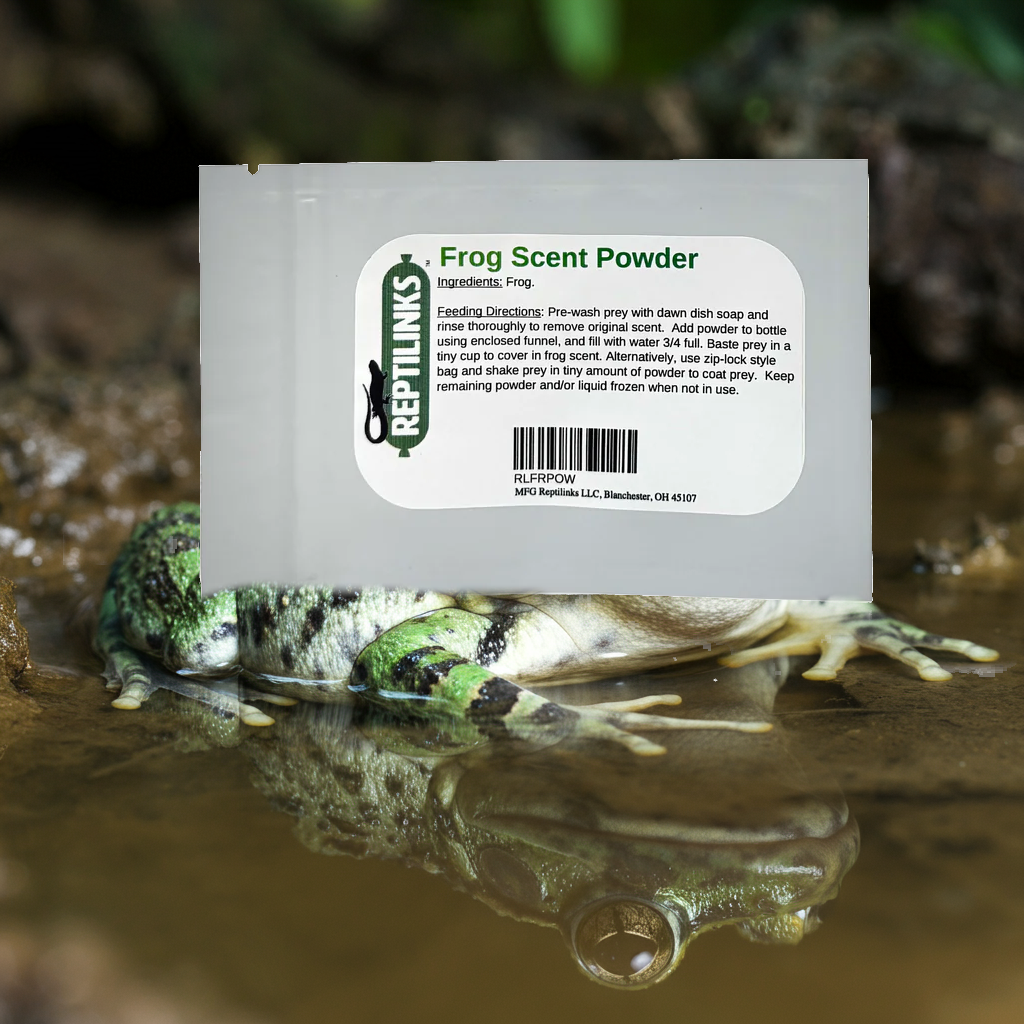Overview
Introduction to Bearded Dragons
Bearded dragons, also known as Pogona, are popular pet reptiles native to Australia. They are named for the spiny projections under their chin that resemble a beard. These fascinating creatures are known for their docile nature and unique behaviors. Bearded dragons make great pets for both beginners and experienced reptile enthusiasts. In this guide, we will explore the various aspects of caring for a bearded dragon, including their physical characteristics, natural habitat, housing and environment, feeding and nutrition, as well as health and care.
Physical Characteristics
Bearded dragons are medium-sized lizards that can grow up to 24 inches in length. They have a triangular-shaped head with spiky scales on their body, which gives them their unique appearance. These lizards have a wide range of colors, including shades of brown, tan, and yellow. Bearded dragons also have a beard-like pouch under their chin, which they can puff up when they feel threatened. This is where they get their name from. Their tail is long and can be used for balance and communication. Overall, bearded dragons are fascinating creatures with distinct physical features.
Natural Habitat
Bearded dragons are native to the arid regions of Australia. They can be found in a variety of habitats, including deserts, woodlands, and grasslands. These reptiles are well adapted to their environment, with scaly skin that helps them retain moisture and regulate their body temperature. In the wild, they primarily feed on insects, small rodents, and vegetation. It is important to recreate their natural habitat as closely as possible in captivity, with a warm and dry enclosure, proper lighting, and a variety of hiding spots and climbing structures.
Housing and Environment
Choosing the Right Enclosure
When choosing the right enclosure for your bearded dragon, there are several factors to consider. Firstly, the size of the enclosure should be appropriate for the size of your dragon, allowing enough space for them to move around comfortably. Secondly, the enclosure should have proper ventilation to ensure fresh air circulation. Additionally, it is important to provide a secure enclosure that prevents any escape attempts. Lastly, consider the material of the enclosure, as glass enclosures retain heat better than other materials. Taking these factors into account will help create a safe and comfortable environment for your bearded dragon.
Temperature and Lighting
Proper temperature and lighting are essential for the health and well-being of your bearded dragon. Temperature plays a crucial role in their digestion, metabolism, and overall activity level. The enclosure should have a temperature gradient, with a basking spot of around 95-105°F (35-40°C) and a cooler area of 75-85°F (24-29°C). Lighting is also important as it helps regulate their circadian rhythm and provides the necessary UVB rays for vitamin D synthesis. A full-spectrum UVB light should be used for 10-12 hours a day. It's important to monitor and maintain the proper temperature and lighting conditions to ensure your bearded dragon stays healthy and happy.
Substrate and Decorations
When it comes to substrate for your bearded dragon's enclosure, there are a few options to consider. Reptile carpet is a popular choice as it provides a comfortable and safe surface for your pet to walk on. Another option is tile, which is easy to clean and maintain. Avoid using loose substrates like sand or gravel, as they can be ingested and cause digestive issues. As for decorations, providing a hiding spot is essential for your bearded dragon's mental and physical well-being. You can use rocks, branches, or artificial plants to create a natural and stimulating environment. Just make sure that all decorations are securely placed to prevent any accidents or injuries.
Feeding and Nutrition
Types of Food
When it comes to feeding your bearded dragon, it's important to provide a varied diet to ensure they receive all the necessary nutrients. Vegetables should make up the majority of their diet, including leafy greens like kale, collard greens, and mustard greens. Fruits can also be offered as treats, but should be given in moderation due to their high sugar content. Additionally, insects such as crickets, mealworms, and dubia roaches are important sources of protein for bearded dragons. It's crucial to gut-load these insects before feeding them to your dragon, which involves feeding them nutritious foods to enhance their nutritional value. Remember to dust the insects with a calcium and vitamin D3 supplement before serving them to your pet. Lastly, always provide fresh, clean water for your bearded dragon to drink.
Feeding Schedule
Establishing a regular feeding schedule is crucial for the health and well-being of your bearded dragon. Bearded dragons are omnivorous, meaning they eat both insects and vegetables. A balanced diet is essential to ensure they receive all the necessary nutrients. It is recommended to feed adult bearded dragons once a day, while younger dragons may require two to three feedings per day. When creating a feeding schedule, it's important to offer a variety of insect prey such as crickets, mealworms, and Dubia roaches, as well as a selection of leafy greens and vegetables. Remember to dust the insects with calcium powder to provide additional calcium for your bearded dragon's bone health. Providing fresh water in a shallow dish should also be part of their daily routine.
Supplements and Vitamins
Supplements and vitamins are essential for the overall health and well-being of your bearded dragon. Proper supplementation ensures that your pet receives all the necessary nutrients that may be lacking in their diet. There are various types of supplements and vitamins available in the market, including calcium, multivitamins, and mineral powders. It is important to follow the recommended dosage and frequency as specified by the manufacturer or your veterinarian. Additionally, gut-loading the feeder insects with nutritious foods can also enhance the nutritional value for your bearded dragon. Remember, a balanced diet, along with appropriate supplementation, is crucial for the optimal health of your bearded dragon.
Health and Care
Common Health Issues
Common health issues are important to be aware of when caring for a bearded dragon. These issues can range from respiratory infections to metabolic bone disease. It is crucial to provide a proper diet, maintain the right temperature and lighting, and keep the enclosure clean to prevent these health problems. Regular vet check-ups are also essential to ensure early detection and treatment of any potential issues. Additionally, proper grooming and hygiene practices, such as regular bathing and nail trimming, can help keep your bearded dragon healthy and happy.
Regular Vet Check-ups
Regular vet check-ups are essential for maintaining the health and well-being of your bearded dragon. These check-ups allow the vet to monitor your dragon's overall health, detect any potential issues early on, and provide necessary vaccinations and treatments. During the check-up, the vet will conduct a thorough examination of your dragon, including checking its temperature, heart rate, and weight. They may also recommend preventative measures such as parasite control and dental care. Regular vet check-ups are an important part of your bearded dragon's preventative healthcare routine and should not be overlooked.
If possible, have your dragon tested for adenovirus.
Grooming and Hygiene
Grooming and hygiene are essential aspects of caring for a bearded dragon. Regular bathing helps keep their skin clean and hydrated. It is important to use warm water and a gentle reptile-safe soap. Bearded dragons also need their nails trimmed regularly to prevent them from becoming too long and causing discomfort. Additionally, regular teeth cleaning is necessary to maintain their dental health. It is recommended to consult with a veterinarian for guidance on proper grooming techniques and products.






Comments